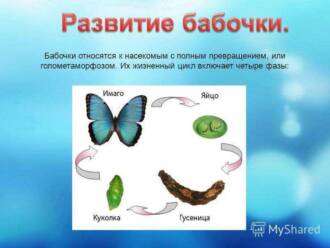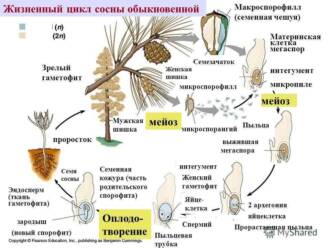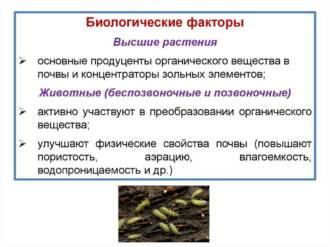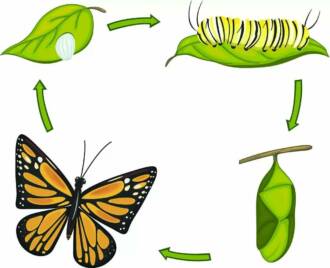
Butterflies are incredibly beautiful and amazing insects that attract attention with their bright wings and elegant flight. The life cycle of butterflies is very interesting and unique, and many of its stages can be observed right in our garden or park. The topic "lifestyle of butterflies" is one of the key topics in the biology course for 7th grade students.
One of the features of the life cycle of butterflies is the transformation from caterpillar to chrysalis. The caterpillar actively feeds on the leaves of plants to gain strength before the transformation. It then forms a cocoon or chrysalis in which internal changes take place. After some time, the chrysalis opens, and a ready-made butterfly flies out of it. This process is called metamorphosis and is an amazing phenomenon in the animal world.
The role of butterflies in biology is also very important. They are important pollinators of plants, as they carry pollen from one flower to another on their legs. Through this process, pollination occurs, which allows plants to reproduce. In addition, butterflies are food for many animals such as birds and bats. Some species of butterflies also serve as indicators of ecological balance - if their numbers are declining, this may indicate problems in the ecosystem.
Butterfly life: lifestyle features and their role in biology

butterflies - These are winged insects that go through several stages of development: from an egg to a caterpillar, then to a pupa and finally an adult. They are one of the best known and most diverse classes of insects. The study of the lifestyle of butterflies is one of the most important topics in biology, especially within the curriculum for 7th grade students.
The lifestyle of butterflies is characterized by their activity during periods of solar activity, when they actively fly in search of food and breeding partners. Butterflies have a unique ability to navigate in space using sight and smell. They have a variety of colors and patterns on their wings that serve to attract mates and deter predators.
An important role of butterflies in biology lies in their interaction with plants. Butterflies are important plant pollinators, carrying pollen from one flower to another and aiding in their reproduction. They also play a role in the food chain, providing food for birds, frogs and other predators.
Studying the lifestyle of butterflies as part of the 7th grade curriculum helps students better understand the diversity of the animal world and its relationship with the plant world. It also helps to develop observation, the ability to classify and analyze information about living organisms. Knowledge of the lifestyle of butterflies contributes to the formation of ecological thinking and a conscious attitude towards the environment.
Butterfly metamorphoses: from eggs to insects
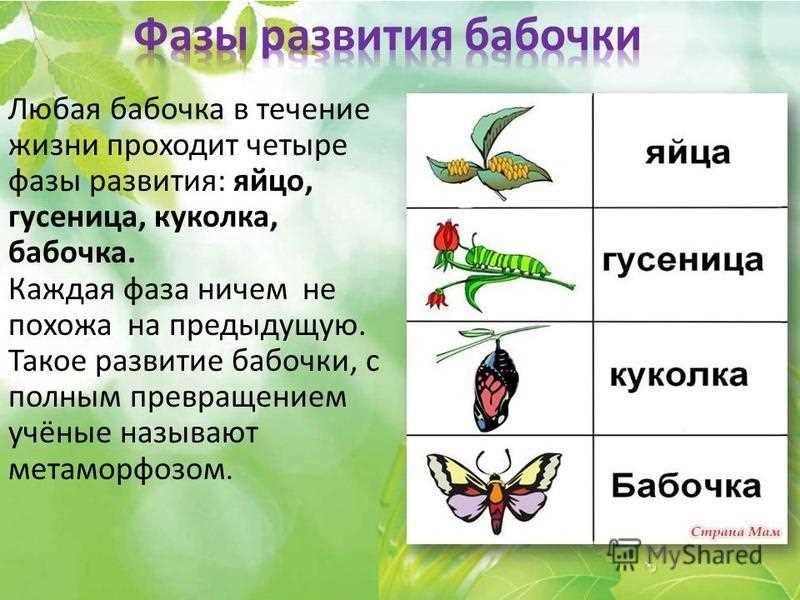
The lifestyle of butterflies is one of the most interesting and amazing in the insect world. They undergo a complex and unique process of transformation - metamorphosis, which allows them to go from an egg to a full-fledged insect.
caviar — is the first stage of a butterfly's life. It is a small egg that is laid by the female on a specific plant. The egg has different shapes and sizes, depending on the type of butterfly.
Larva — this is the second stage of the butterfly's life. A small larva hatches from the egg and begins to actively feed on plant food. The larva constantly grows and periodically moves to new branches or leaves of plants.
chrysalis — This is the third stage of the butterfly's life. The larva turns into a pupa, which usually has a hard shell covering. Inside the pupa, dramatic changes occur: the larva's body is destroyed, and then new organs and structures of the insect are formed.
adult butterfly — This is the final stage of life. A full-fledged butterfly hatches from the chrysalis. It has wings that allow it to fly and a proboscis with which it feeds on flower nectar. The adult butterfly reproduces and continues the life cycle.
Thus, the way of life of butterflies includes amazing metamorphoses, allowing them to go from an insignificant egg to a colorful and unique insect.
A variety of butterfly species and their features
Butterflies are a group of insects that belong to the class Insects and the order Lepidoptera. They are one of the most beautiful and amazing creatures of nature. There are about 180,000 known species of butterflies in the world, and these are only those that have already been described by scientists. The lifestyle of butterflies is very diverse and depends on their species and habitat.
Features of the lifestyle of butterflies
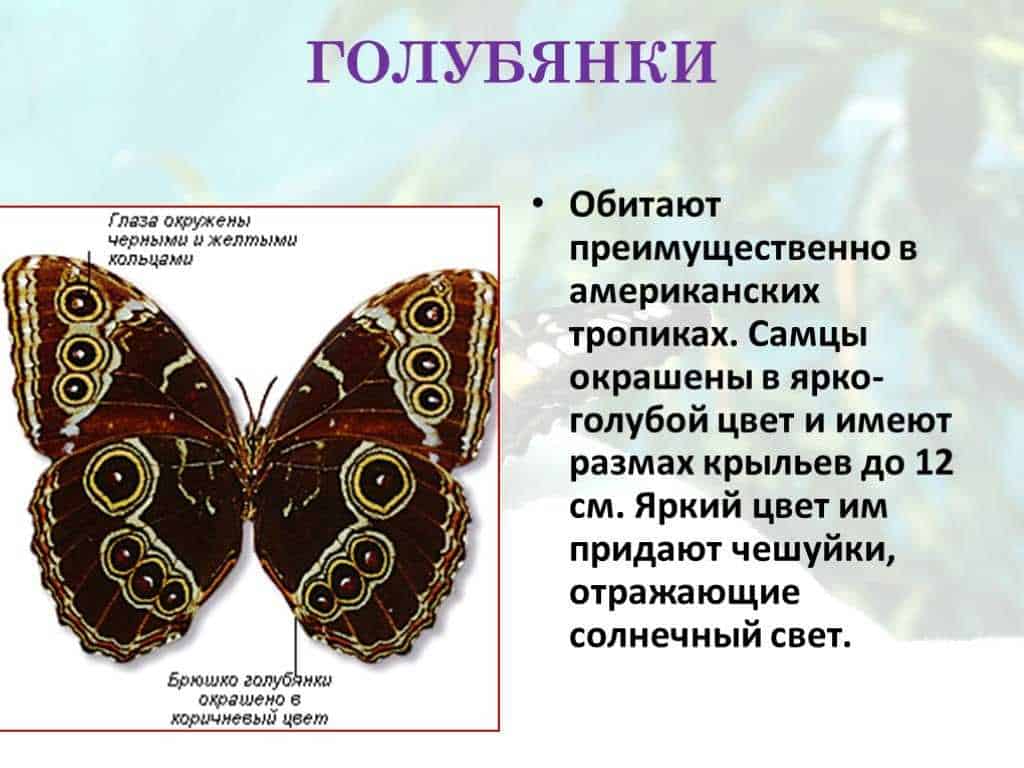
Butterflies go through several stages of development: egg, caterpillar, pupa and adult (adult). Adult butterflies usually live for several weeks or months, depending on the species. They spend most of their lives looking for food and a breeding partner.
Most butterflies are diurnal, but there are also nocturnal species. Diurnal butterflies are active during the day and usually rest at night. Moths, on the other hand, are active at night and sleep during the day. They have special adaptations, such as an advanced sense of smell and excellent vision in the dark, which helps them find food and avoid predators.
Types of butterflies and their features
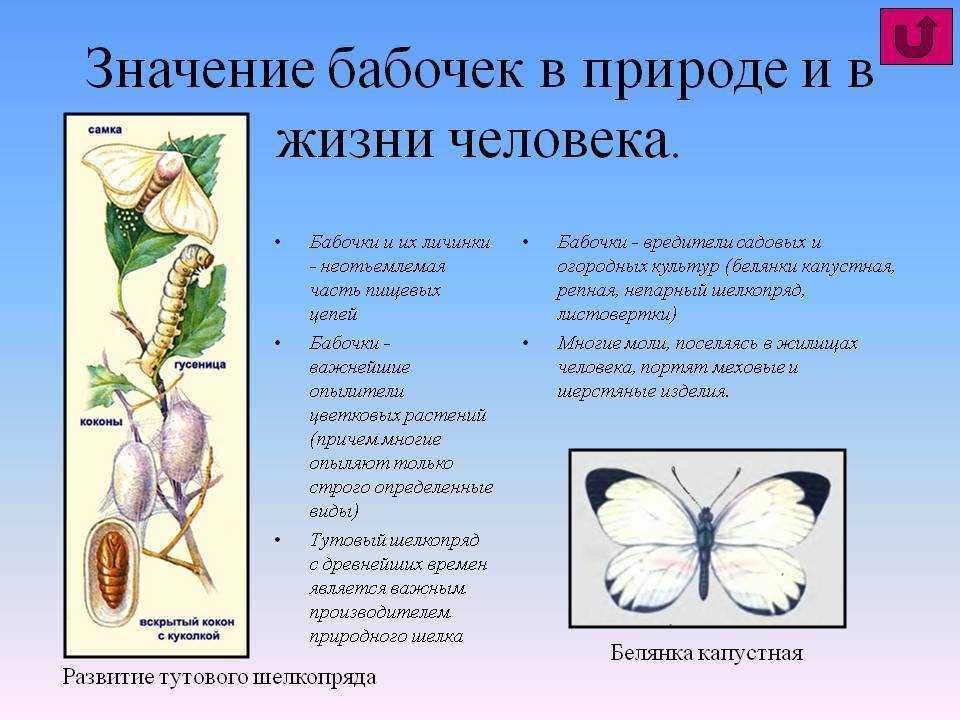
There is a huge variety of butterfly species. Some of them are bright and colorful, with bright colors, while others are modest and inconspicuous. Many species of butterflies have unique wing patterns that help them camouflage themselves among plants or deter predators. In addition, butterflies can come in a variety of sizes - from tiny species, the size of a fingernail, to huge ones, the size of a palm.
Each type of butterfly has its own lifestyle characteristics. Some species prefer to live in forests and jungles, others in fields and meadows. Some butterflies migrate long distances in search of better breeding and feeding conditions. Some species of butterflies also have nutritional features - they can only eat certain types of plants or be polyphages, that is, there are various types of plants.
All these features make butterflies one of the most amazing creatures on our planet. Studying their diversity and lifestyle helps scientists better understand biological processes and ecological interactions in nature.
Butterfly life cycle: from egg to adult insect
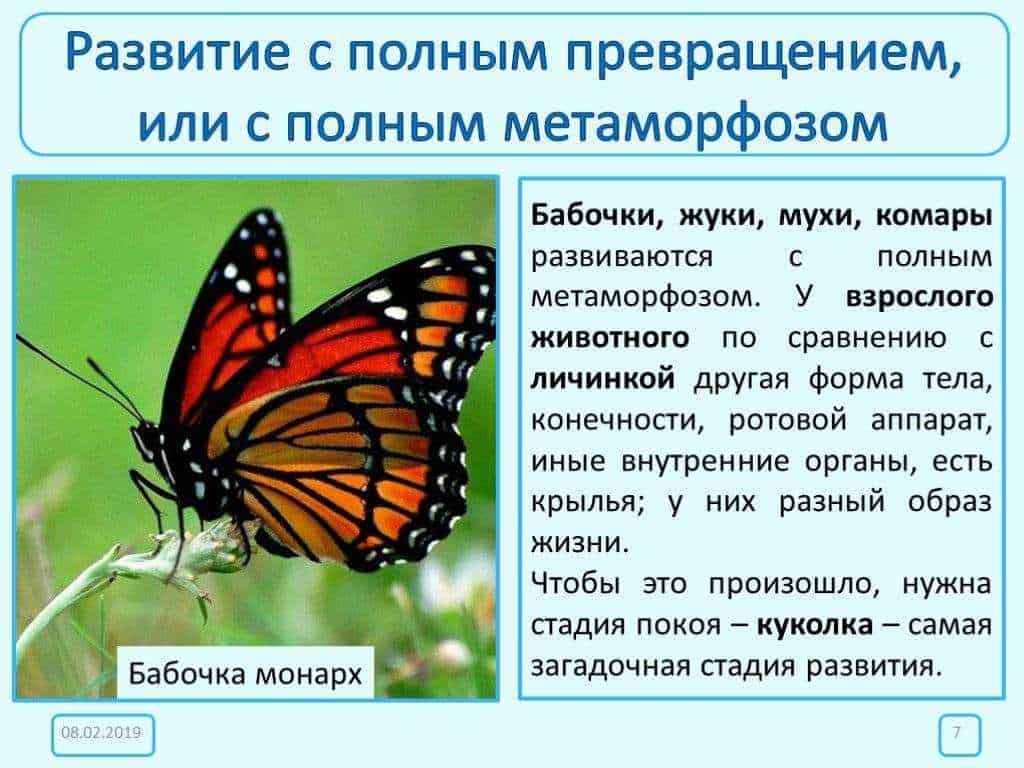
The life cycle of butterflies is a complex process consisting of several stages of development. Initially, butterflies begin their lives as eggs, which are laid by the female on plants. Butterfly eggs come in a variety of shapes and colors, depending on the species.
The eggs hatch into caterpillars, the first stage in the development of butterflies. Caterpillars actively feed on plant foods in order to gain enough nutrients for further growth. At this stage, the caterpillars may undergo several molts in which they shed their old skin and grow a new one.
This is followed by the pupal stage, when the caterpillar turns into a chrysalis. The pupa usually has a protective shell that helps it survive this period safely. Metamorphoses occur inside the pupa, and the caterpillar turns into an adult butterfly.
When the transformation process is completed, the butterfly flies out of the chrysalis and remains on the plant to dry completely and unfold its wings. At this point, the butterfly is ready to fly and begins its adult life.
The life cycle of butterflies is very important to their way of life. Each stage of development plays a specific role in the biology of butterflies, allowing them to reproduce and adapt to their environment. The knowledge of this cycle will help students in grade 7 to better understand the life of these amazing insects and their importance in nature.
Butterfly Nutrition: Plant Sources and Digestive Features

Nutrition is an important part of the butterfly's lifestyle. They are herbivorous insects that feed exclusively on plant foods. Depending on the species of butterflies, their food sources may be different.
Some types of butterflies feed on the nectar of flowers. Nectar contains sugars, which are the main source of energy for butterflies. Butterflies place their proboscis, special organs for eating nectar, in flowers and suck it out.
Other types of butterflies do not feed on nectar, but on plant juices. They use their proboscis to suck juices from the stems, leaves, or fruits of plants. It can be succulent grass, fruits or tree sap.
A special feature of the digestion of butterflies is the presence of a special organ - the stomach-fistula. In it, the breakdown of food and absorption of nutrients occurs. The remains of food are excreted through the intestines and anus.
Thus, nutrition plays an important role in the lifestyle of class 7 butterflies, providing them with energy and the necessary nutrients for development and reproduction.
Butterfly migrations: long journeys and their causes
The lifestyle of butterflies includes not only feeding and reproduction, but also long journeys, which are called migrations. Butterfly migrations are long distance flights from one place to another. These trips can be either seasonal or annual.
The reasons for butterfly migrations can be different. One of the main reasons is the search for food. Butterflies can fly long distances to find new sources of food, especially during the absence of food in their usual habitat. Migration is also associated with changing climatic conditions. Butterflies can leave cold areas and migrate to warm areas where there is enough sunlight and heat for them to survive.
Butterfly migrations are important in biology. They contribute to the spread of genetic material and increase the population of butterflies. In addition, migrations can help butterflies avoid predators and adverse conditions such as drought or lack of food. Thus, butterfly migrations are an important element of their lifestyle and contribute to their survival and reproduction.
Butterflies and Plants: Relationships and Mutual Benefits
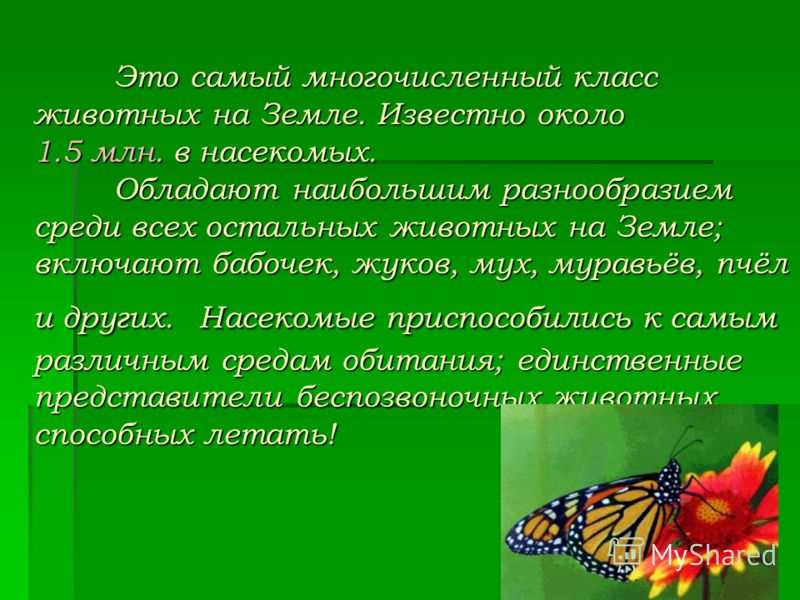
Butterflies and plants - two different groups of organisms, but their lifestyles are closely related to each other. Butterflies are important plant pollinators, and plants in turn provide butterflies with food and shelter.
One of the mutually beneficial relationships between butterflies and plants is the process of pollination. When a butterfly lands on a flower, it transfers pollen from one flower to another, helping to fertilize the plants. This allows plants to reproduce and ensures diversity in the plant kingdom.
Plants also provide butterflies with food at various stages of their development. For example, many species of butterflies lay their eggs on plant leaves. When the eggs hatch, the caterpillars begin to feed on the leaves, using them as the main food for their growth and development. Plants, in turn, can compensate for the loss of leaves, as they have the opportunity to renew their green mass.
In addition, some species of butterflies feed on plant nectar. They use their long mouthparts, called proboscis, to ingest the sweet nectar that the flowers secrete. In this way, butterflies receive the necessary energy for their activity and reproduction, and plants receive an advantage in pollination due to the transfer of pollen by butterflies.
Thus, the relationship between butterflies and plants is mutually beneficial for both organisms. Through these interactions, butterflies can provide food and shelter, and plants can fertilize and reproduce.
The role of butterflies in biodiversity and plant dusting
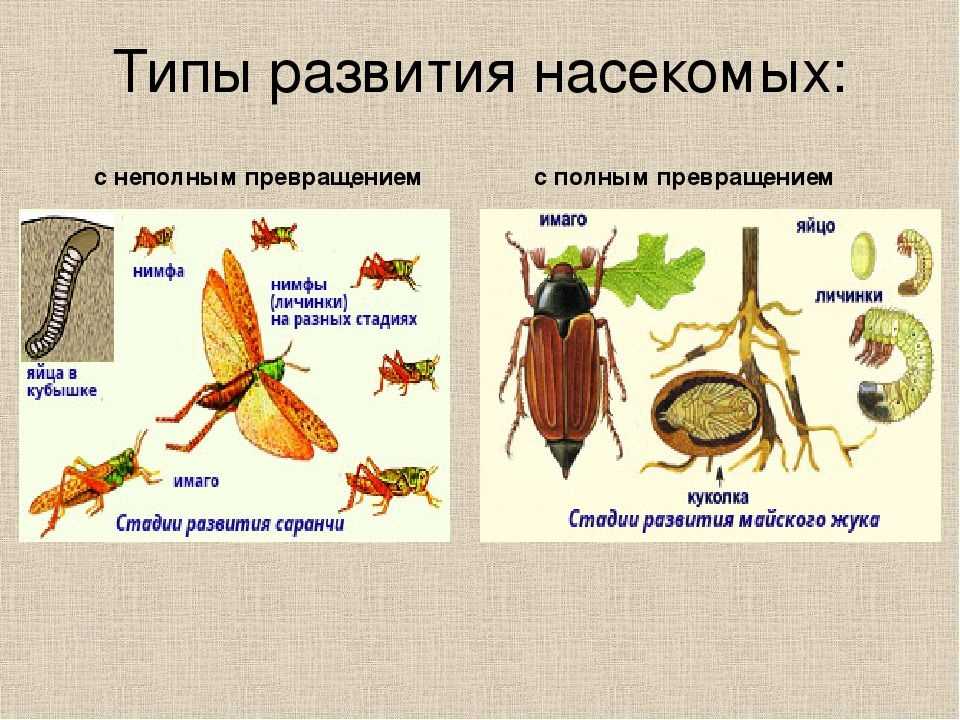
The lifestyle of butterflies is an important component of biological diversity. They are one of the most beautiful and diverse creatures on the planet. Butterflies play an important role in the dusting of plants, which contributes to their reproduction and preservation.
Butterflies are the main pollinators of many flowering plants. They feed on nectar and, when they visit a flower, are showered with pollen, which they transfer to other flowers. This contributes to the pollination of plants and ensures their reproduction. Through this process, plant diversity is maintained and expanded.
In addition, butterflies are food for many other animals such as birds, lizards, and frogs. They occupy an important place in the food chain and contribute to biological balance. Without butterflies, many animals would be left without food and their numbers could decline.
Thus, butterflies play an important role in the biodiversity and dusting of plants. Their way of life and behavior contribute to the conservation of nature and maintaining the ecological balance. Butterfly learning material in grade 7 helps students understand and appreciate the importance of these beautiful and amazing creatures in our nature.
Butterflies in culture and history: symbolism and meaning
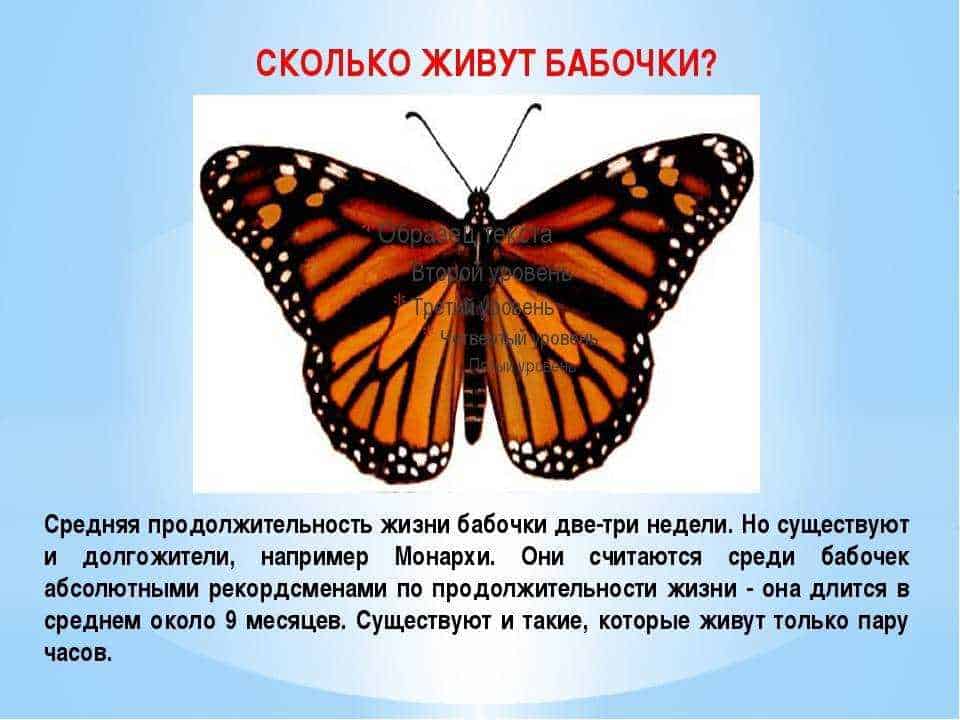
The lifestyle of butterflies is amazing and beautiful. They go through several stages of development: from egg to caterpillar, then to chrysalis, and, finally, turn into an adult butterfly. Their bright color and delicate wings have attracted the attention of people for many centuries.
Butterflies are of great importance in the culture of different peoples. They are often associated with lightness, beauty and transformation. In many cultures, they symbolize the soul, rebirth and growth. So, in ancient Greek mythology, the butterfly was associated with the goddess of the soul and embodied her immortality. In Chinese culture, it symbolizes joy and happiness.
Butterflies also play an important role in art. They are depicted in paintings, adorn decorations, embroideries and textiles. They are a source of inspiration for artists and designers. Their beauty and grace inspired many masters to create works of art.
Butterflies also have a meaning in folk signs and superstitions. For example, they say that if a butterfly lands on a person, it will bring him luck. Or if a butterfly flies past us, it is considered a sign of upcoming changes in life. In different cultures, these superstitions can have different meanings, but the general trend is that butterflies are associated with positive events and movements in life.
Thus, butterflies are of great importance in culture and history. They symbolize beauty, transformation and spiritual development. Their way of life has fascinated and inspired people for centuries.
Read more:

